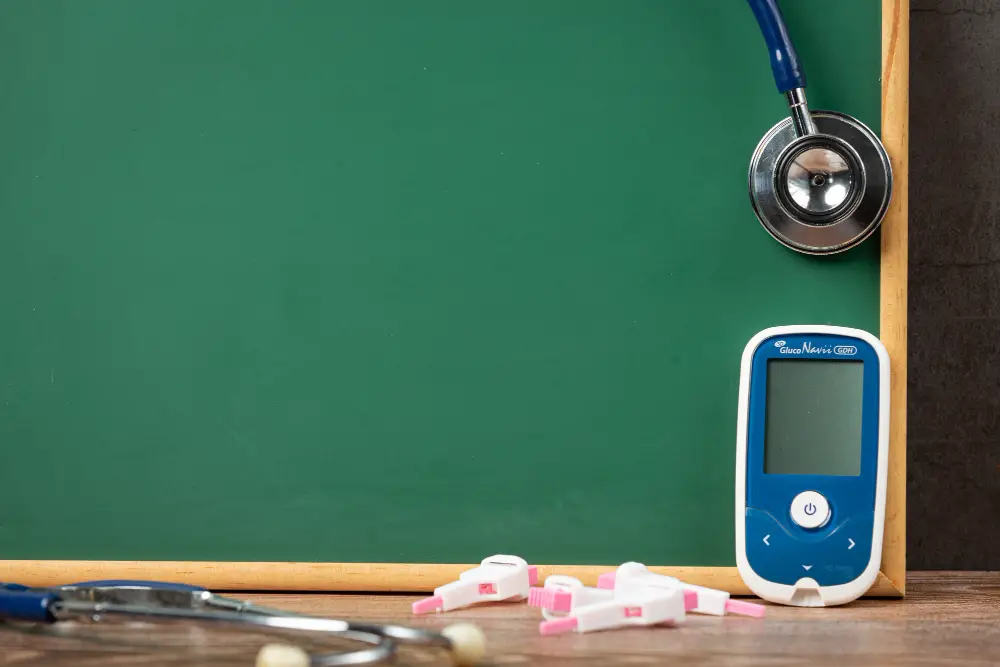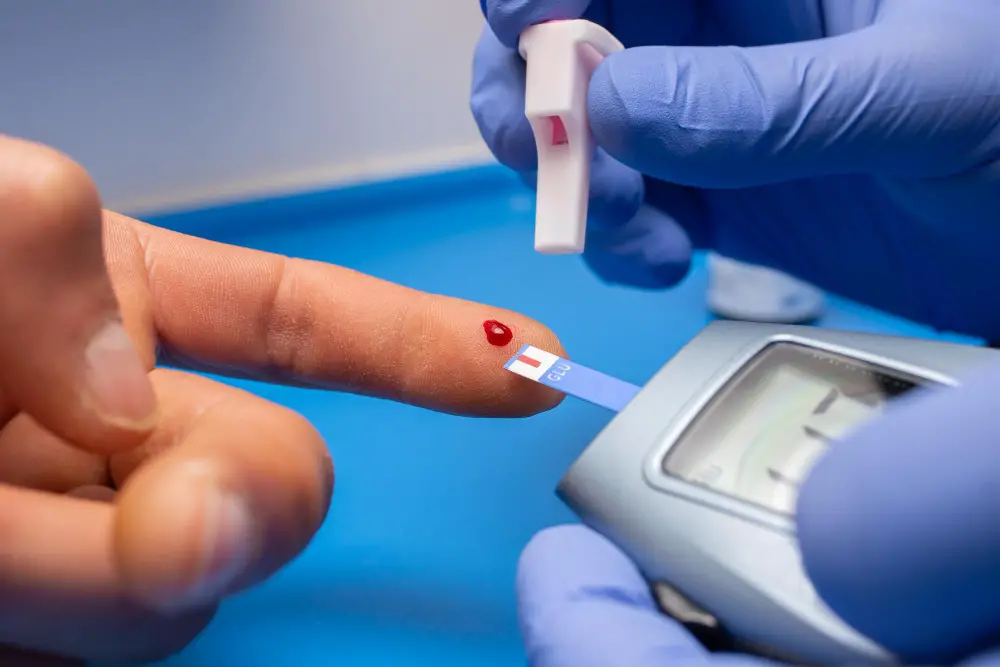
Heart Attack & Stroke At The Same Time
-
- Dr. Junaid Arshad
- February 8, 2023
- 1 comments
Table of Contents
Can You Suffer a Heart Attack & Stroke at the same time?
Yes, a person can get a heart attack and stroke at the same time. In medical terminology, it is named Cardio Cerebral Infarction(CCI). The stroke in CCI is of ischemic nature. When both heart attack and stroke occur at the same time it’s called simultaneous or synchronous CCI & if occurs one after the other, then it is named metachronous CCI. [1]
Synchronous CCI in which stroke & heart attack occur at the same time is very rare. Studies have reported its incidence of as low as 0.009%. [2]
Metachronous CCI in which stroke and heart attack occur one after the other is more common. Its incidence in different studies has been found to be 0.9%-12.7%. [3][4][5]
How is Cardiocerebral Infarction diagnosed?
Diagnosis of cardio cerebral infarction is just like heart attack and stroke is diagnosed when they occur separately.
Diagnosis of a heart attack requires an EKG, cardiac enzymes and sometimes imaging modalities like echocardiography.
EKG can show changes like ST elevations in case of STEMI & ST depressions in case of NSTEMI.
Cardiac enzymes like Troponin I are raised in patients with a heart attack.
Echocardiography may show the decreased motion of the involved segment of the heart and may aid in the diagnosis of a heart attack.
A normal echocardiogram, however, does not rule out a heart attack.
What diseases a person possibly can have if the echo is normal is discussed in detail in a separate article. Click here
A stroke is diagnosed with a history of sudden onset of weakness in a limb or one-half of the body.
A neurologist makes the diagnosis of a stroke after careful history and examination.
The diagnosis of stroke is confirmed with a CT scan or MRI of the brain.
The diagnosis should always be made by both the cardiologist and neurologist & these patients should be treated in tertiary care hospitals having advanced treatment facilities.
Ischemic stroke is one that occurs due to a clot that blocks the blood vessels supplying to a part of the brain.
How CCI is Treated?
When heart attack and stroke occur simultaneously, the treatment is quite challenging.
The main objective of the treatment is to reopen the blocked vessels of both the heart and brain.
This is usually done by thrombolytic drugs like recombinant tissue plasminogen activator (rtPA).
The decision to give thrombolytic therapy should be taken by the specialist physicians and varies from patient to patient.
The data regarding treatment strategies is limited & the details are beyond the understanding of the common man.
Other Related Questions
Which is Worse Stroke or A Heart Attack?
It is not accurate to say that one is worse than the other, as both a stroke and a heart attack can have serious and potentially life-threatening consequences.
The effects of a stroke or heart attack can vary greatly depending on the individual, the severity of the event, and the promptness of treatment.
Both conditions require immediate medical attention and can result in long-term health problems, disability, and even death.
What is Thrombolytic therapy?
The word thrombus means a clot that forms within the blood vessels. It occludes the vessel and the blood flow to the region supplied by that particular blood vessel. Lysis means to break down.
So thrombolytic therapy means medication that can help break of dissolve a blood clot formed in the blood vessels.
Thrombolytic therapy is used for conditions like heart attack and stroke.
Although in the current era, it has been largely replaced by interventional procedures like angioplasty but still under certain circumstances thrombolytic therapy is still the treatment of choice.
The decision to give thrombolytic therapy is taken by the concerned specialist doctors and may vary from patient to patient.
The three major indications include stroke, heart attack, and pulmonary embolism.
Examples of thrombolytic drugs include the following:
Alteplase (Activase)
Reteplase (Retavase)
Tenecteplase (TNKase)
Streptokinase
Urokinase
What is a Pulmonary Embolism
Pulmonary embolism refers to the presence of blood clots in the pulmonary arteries.
This is an emergency condition and can be life-threatening if not immediately treated.
The patient presents with shortness of breath, chest pain, apprehension, palpitations, & in severe cases may also develop hypotension.
Diagnosis is confirmed on CTPA.
What is CTPA
CTPA stands for “Computed Tomography Pulmonary Angiography”.
It is a diagnostic imaging test used to visualize the blood vessels in the lungs and detect the presence of pulmonary embolism (PE), a blockage of one or more arteries in the lungs.
The test is performed using a computed tomography (CT) scan and an intravenous (IV) injection of contrast material.
The CT scan produces detailed cross-sectional images of the lungs, which can reveal any blockages or abnormalities in the pulmonary arteries.
It is a fast and non-invasive test that is often used to quickly diagnose PE.
For more info Click here.
What is STEMI
STEMI stands for ST Elevation Myocardial Infarction, which is a type of heart attack characterized by a prolonged and complete blockage of a coronary artery that supplies blood to the heart muscle.
It results in damage to the heart muscle, which is indicated by elevated ST segments on an electrocardiogram (ECG).
STEMI is a serious medical emergency that requires prompt treatment to prevent further damage to the heart muscle and reduce the risk of death.
How NSTEMI is different?
NSTEMI is another type of heart attack.
In NSTEMI, the blood flow to the heart is partially blocked, causing some injury to the heart muscle but not a complete blockage. The ECG (electrocardiogram) test doesn’t show the characteristic ST segment elevation seen in STEMI.
References
- Omar HR, Fathy A, Rashad R, Helal E. Concomitant
acute right ventricular infarction and ischemic cerebrovascular stroke; possible explanations. Int Arch Med
2010;3(1):25. - Yeo LLL, Andersson T, Yee KW, et al. Synchronous cardiocerebral infarction in the era of endovascular therapy:
which to treat first? J Thromb Thrombolysis 2017;44
(1):104-111. - Akinseye OA, Shahreyar M, Heckle MR, Khouzam RN.
Simultaneous acute cardio-cerebral infarction: is there a
consensus for management? Ann Transl Med 2018;6(1):7. - Chin PL, Kaminski J, Rout M. Myocardial infarction coincident with cerebrovascular accidents in the elderly. Age
Ageing 1977;6(1):29-37. - Sakuta K, Mukai T, Fujii A, Makita K, Yaguchi H. Endovascular therapy for concurrent cardio-cerebral infarction
in a patient with trousseau syndrome. Front Neurol.
2019;10:965.





1 comment